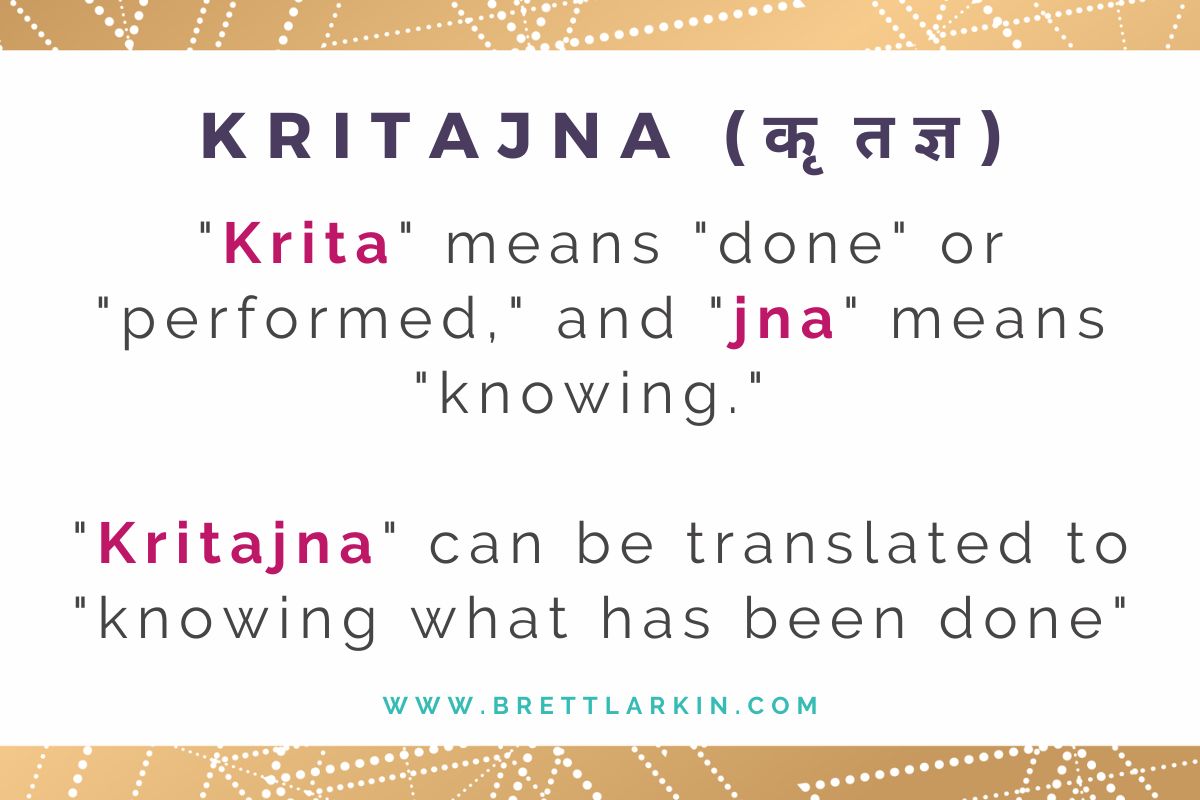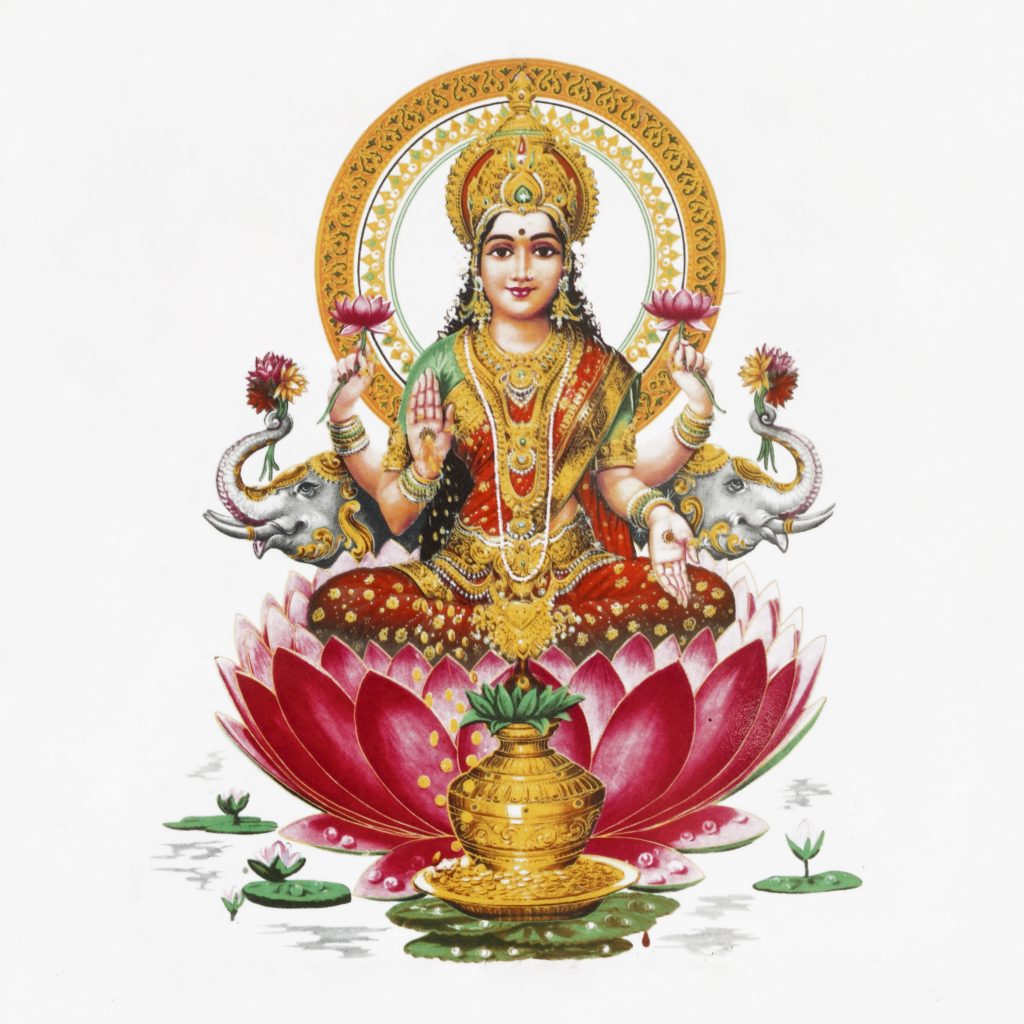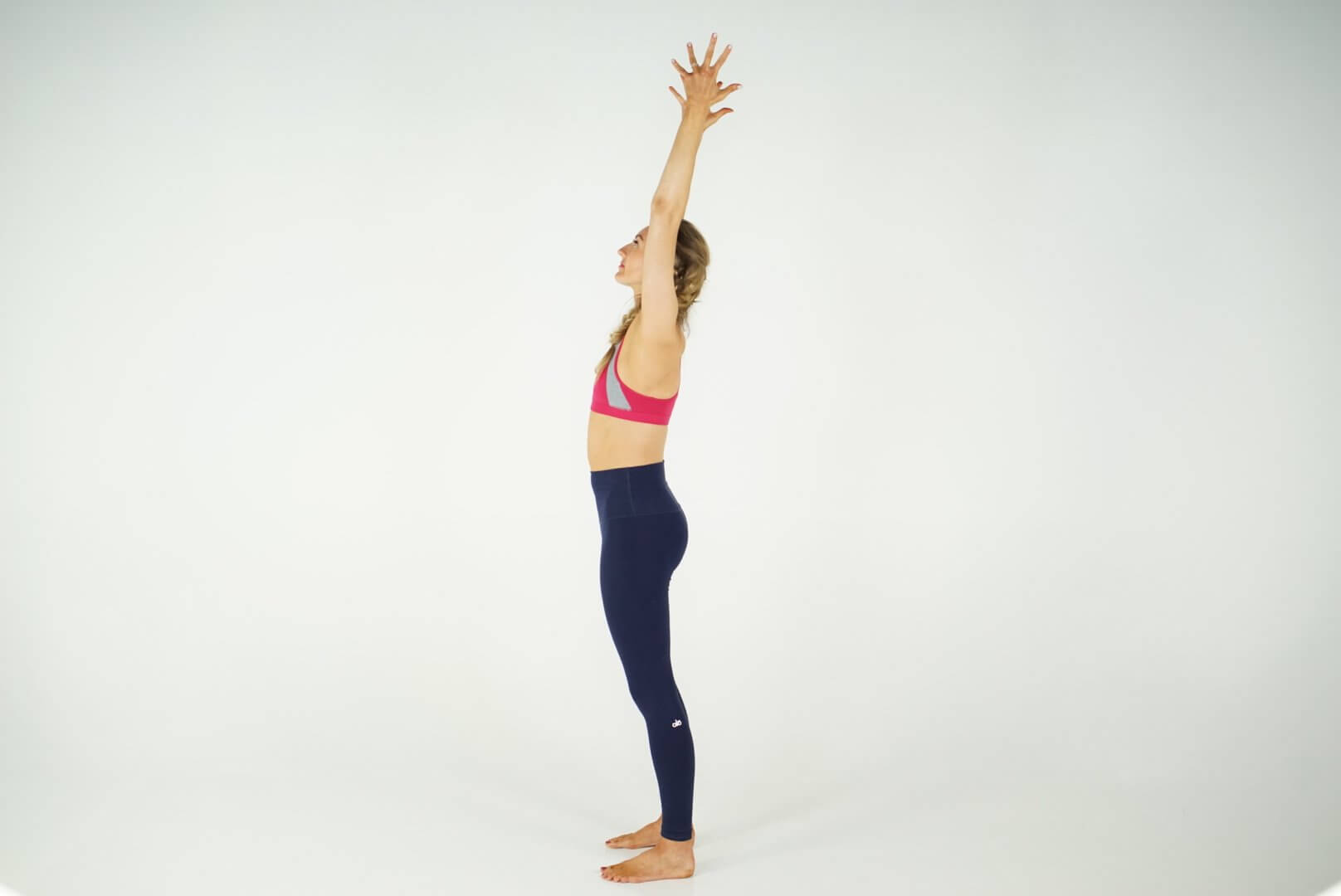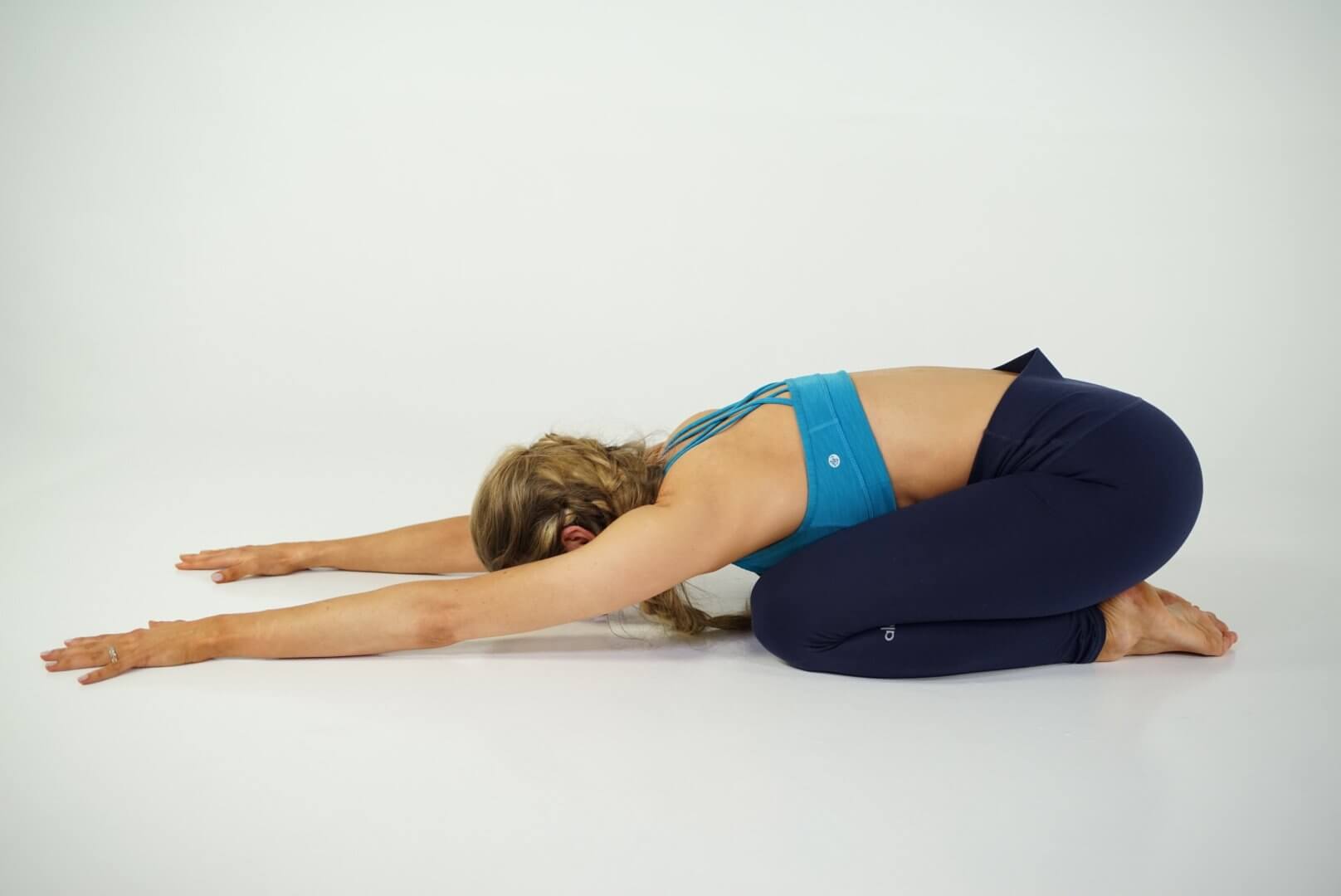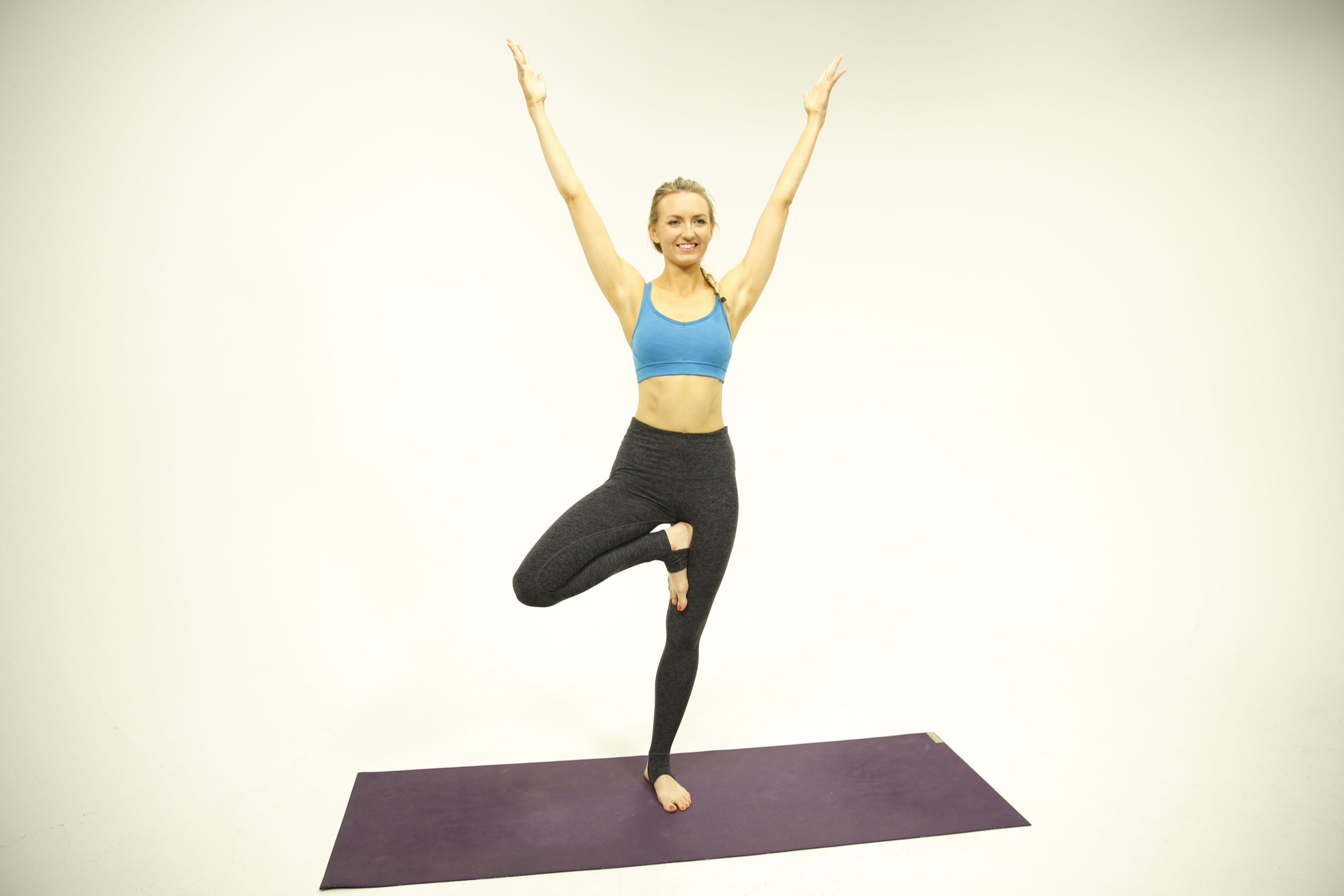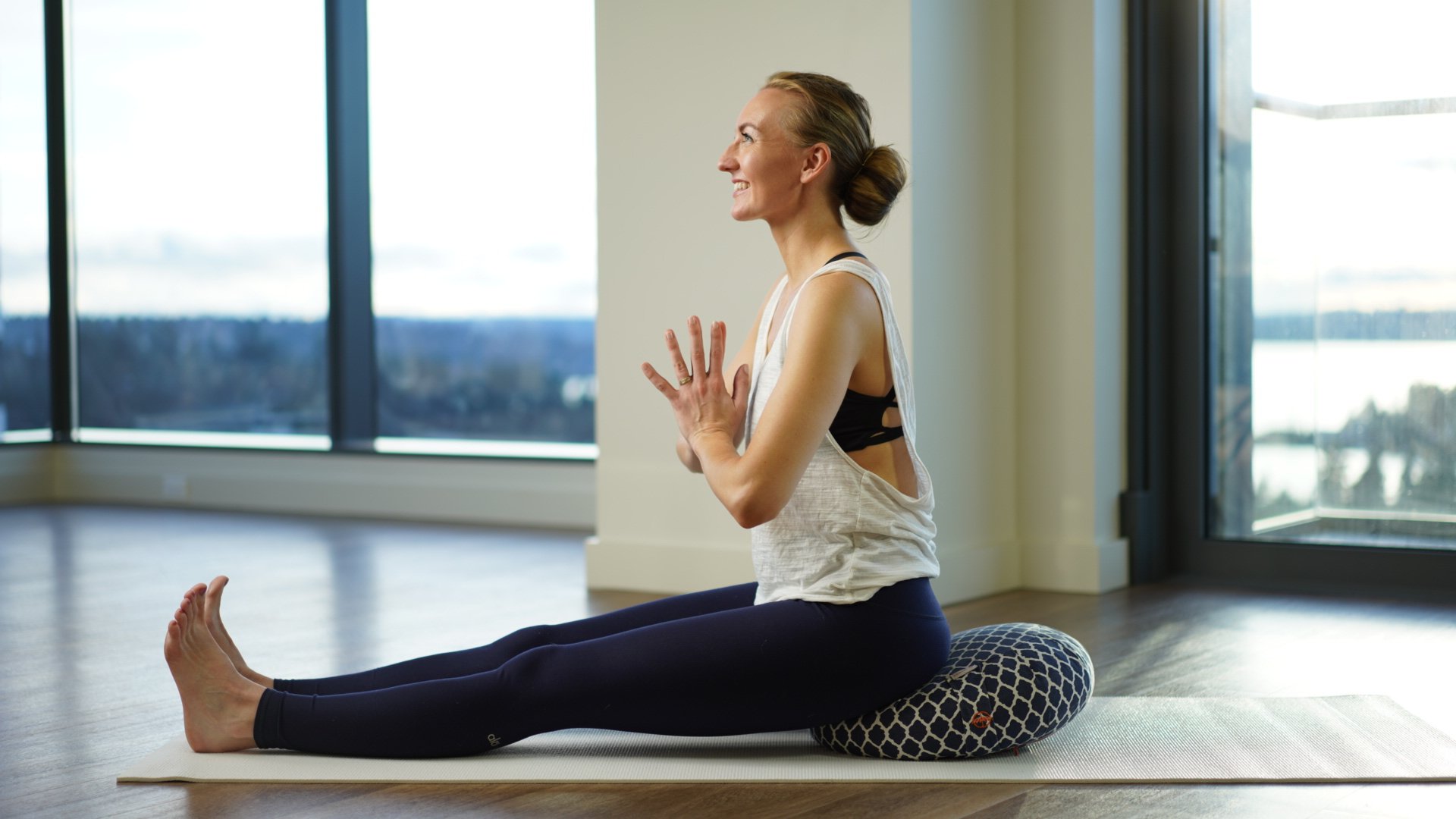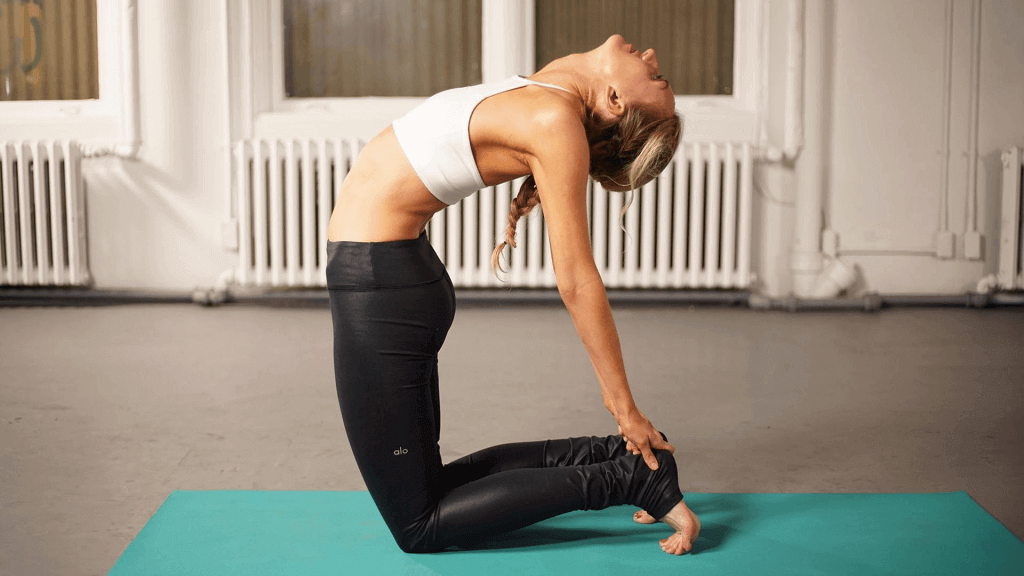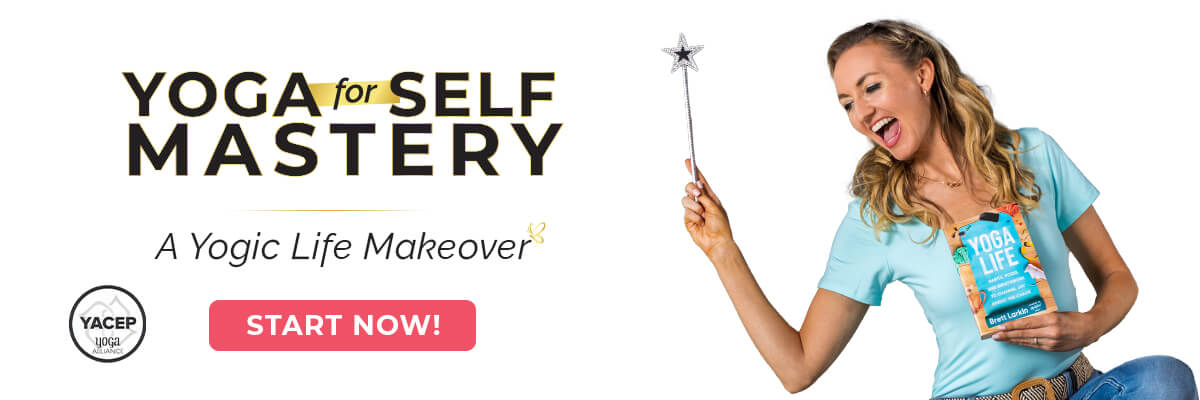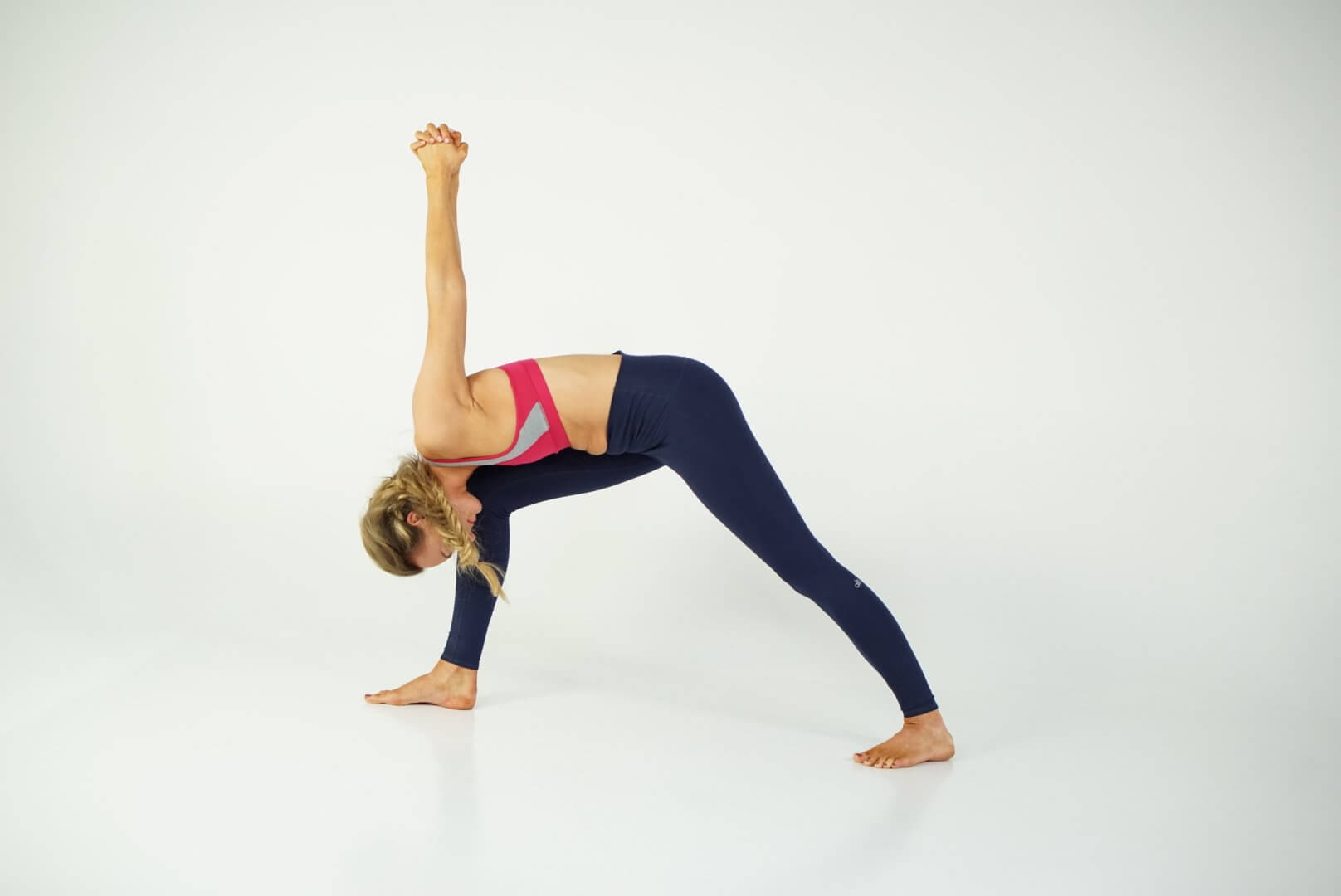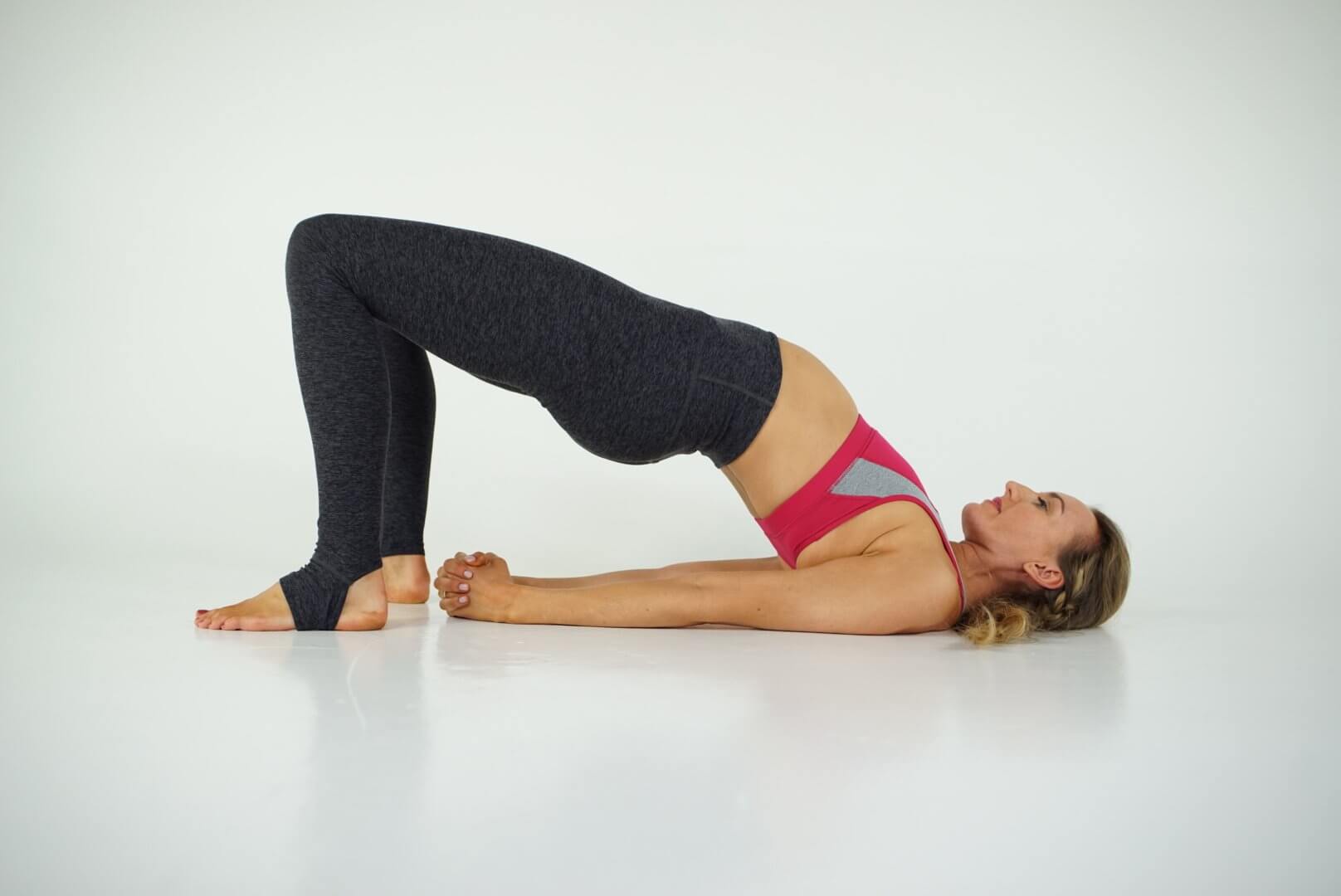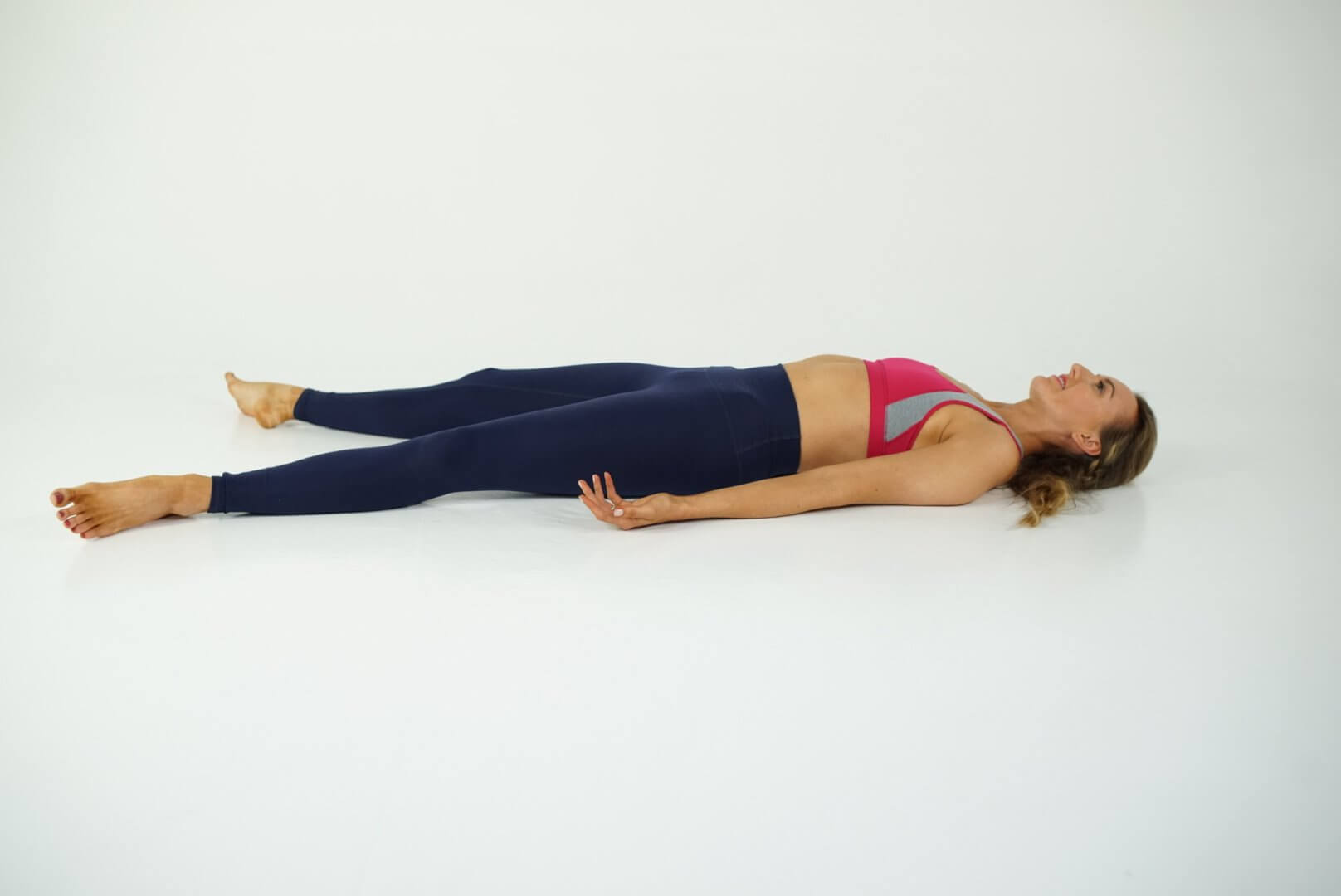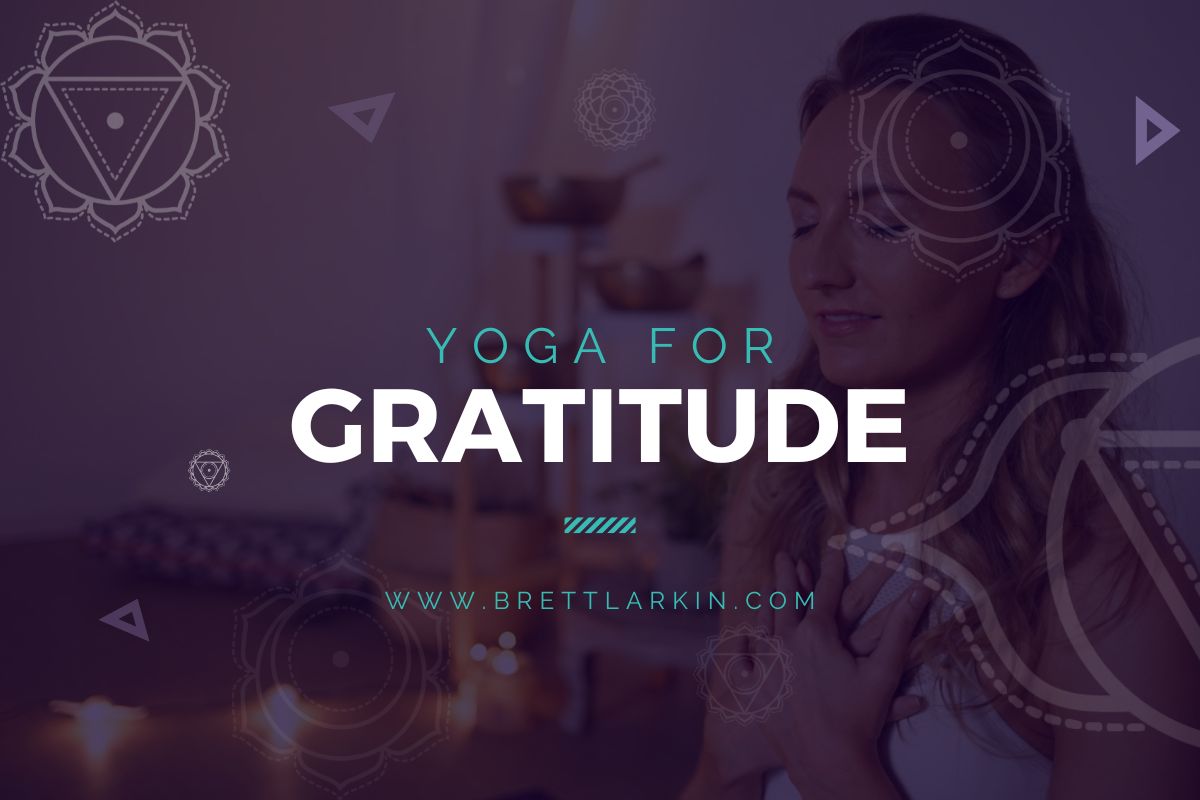
Practicing gratitude can be difficult in our busy, day-to-day lives. Inspiring gratitude is usually saved for holidays (happy thanksgiving!), but if you ask me, that’s not enough! You are amazing. Life is amazing. And we should be practicing gratitude every chance we get!
What can we proactively do to cultivate gratitude? What can you as a yoga teacher do to teach your students to cultivate gratitude in their practices?
Journaling of course, but also yoga poses for gratitude! I’m going to show you some poses that you can incorporate into your yoga sequence that soothe your body and shift your mind into gratitude. I’ll give you gratitude affirmations that you can utilize in your daily yoga to practice gratitude as well.
Pro Tip: To inspire more gratitude, make your yoga practice space as cozy as you can! Have your favorite scented candle (maybe pumpkin spiced candles!! just me?) in your space. Dim the lights if you wish.
The Yogic Approach to Gratitude
In Sanskrit, the concept of gratitude can be described as “kritajna” (कृतज्ञ). “Krita” means “done” or “performed,” and “jna“ means “knowing.” “Kritajna” can be translated to “knowing what has been done” The concept of kritajna emphasizes the idea of being grateful for what has been done for us by others.
It includes recognizing the help, support, and kindness that we receive from others and acknowledging it with a sense of appreciation and thankfulness. If you’re reading this, likely you already know yoga is beneficial for our bodies as well as our minds.
When you combine yoga with a gratitude practice, it helps you to become more aware of all the good things in your life. Practicing both in tandem helps to:
- Improve your mental health
- Enhance your relationships by promoting feelings of love and closeness
- Increases your happiness because you become more aware of what we’re grateful for and everything in life that gives you satisfaction
- Improve your physical health by helping to promote healthy habits like exercise, healthy eating, and getting enough sleep.
- Reduces negative emotions
The Uplifted Perspective
Gratitude is the ultimate emotion that bridges us from a bad mood to a good mood. So use it often. Say what you’re grateful for in meditation or before your practice. Write a “top 5” list in your journal every night. This trains your mind to focus on everything that’s going RIGHT. Without this training, our brain’s negativity bias propels us to focus on what’s going wrong.
In yoga, the goddess Lakshmi is often associated with the idea of gratitude because she is the goddess of abundance, wealth, and prosperity. Lakshmi is often depicted holding lotus flowers, which are a symbol of gratitude and purity. She is also often shown showering blessings and wealth upon her devotees, which is seen as a manifestation of her abundant and generous nature.
In yoga philosophy, cultivating an attitude of gratitude is seen as an important aspect of spiritual practice, as it helps to cultivate contentment and a sense of abundance in one’s life. This can lead to a greater sense of inner peace, joy, and connection with the divine. By invoking the energy of Lakshmi in one’s practice, yogis can create a sense of gratitude for the abundance in their lives and a deeper appreciation for the blessings they have received. This can help to shift your focus away from lack and scarcity, and towards a more positive and abundant mindset.
Do my 18 Days of Abundance challenge to connect with Lakshmi and embody gratitude here.
Overall, the goddess Lakshmi is seen as a powerful symbol of abundance and gratitude in the yogic tradition. Her energy is often utilized in practices aimed at creating these qualities.
Gratitude and the Chakra System
When you work on the chakras, you move energy in your body and can experience releases of emotions while practicing. The Heart Chakra, Anahata Chakra, is often associated with the idea of gratitude because it’s considered the center of love, compassion, and expressing gratitude in our bodies.
Yoga philosophy states that the heart chakra is the seat of our emotional being and is responsible for our ability to give and receive love in return as well as the ability to experience gratitude and compassion.
When we approach life with a sense of gratitude, we are able to appreciate the beauty and goodness in each moment and to cultivate a sense of joy and contentment in our lives.
While this is difficult to do, it is not impossible! Have you ever caught yourself struggling to find happiness on hard days? There is a reason for that: the brain is wired to think negatively.
Basically our brains, as amazing as they are, have the tendency to put more weight and give more attention to negative experiences and information that we take in compared to positive ones.
That’s super unfair! Why are we wired like this?
Well, this bias has evolutionary roots. It helped our ancestors to survive in dangerous and unpredictable environments by paying attention to potential threats and avoiding them.

In today’s day and age, this bias leads to overestimating the negative aspects of a situation and underestimating the positive things in your life. You need to be aware of this so that we can find the tool necessary to create the happiness that we deserve! Getting centered in your heart chakra or doing a month-long heart chakra practice is the perfect antidote.
Yoga Poses for Gratitude
Mountain Pose – Tadasana
- Begin by standing tall with your feet hip-distance apart
- Press down through the soles of your feet.
- Lift your arms up overhead, bringing your palms together in prayer position.
- Take a few deep breaths, focusing on the feeling of stability and strength.
Variations: If you have trouble keeping balanced, try to put your back against a wall to help with stability. You can also separate your feet and/or bend your knees a little if you feel unsteady. If standing is uncomfortable, practice this pose in a seated position.
Benefits: Mountain pose is incredibly beneficial for the body. It helps to align the spine, shoulders and hips. While you focus on your breathing you’ll become more aware and concentrated on your alignment. You’ll be able to feel gratitude and appreciation for the body’s ability to stand strong and tall. This pose helps to strengthen your core and legs as well as reduces stress.
Affirmation: I am grateful for all the blessings in my life, and I choose to focus on the abundance that surrounds me.
Child’s Pose – Balasana
- Start with your hands and knees in a tabletop position, with your wrists directly under your shoulders and your knees directly under your hips.
- Take a deep breath in, then as you exhale, slowly lower your hips back towards your heels.
- Extend your arms forward, resting your forehead on the floor or a yoga block
- If it feels comfortable, bring your knees wider apart to give your torso more space to relax.
- Allow your shoulders to soften and your hips to sink towards your heels.
- Stay in the pose for several deep breaths, allowing your body to relax and release tension.
Variations: If you have any pain in your knees, try to put a towel or blanket under them for extra support. Should your hips not reach your heels comfortably, you can use a cushion or blanket between your hips and heels. A yoga block can also be used if your forehead doesn’t reach the floor.
Benefits: Child’s pose is great to use for a gentle hip opener. It also relieves back and neck pain. It can also improve digestion. The goal is to relax completely in this pose and even begin to feel mental clarity.
Affirmation: I am thankful for the love and support of the people around me.
Tree pose – Vrksasana
- Start in a tall standing position with your feet together with your arms at your sides. Take a few breaths to find your center of balance.
- Shift your weight onto your left foot and lift your right foot off the ground. Place the sole of your right foot against the inside of your left thigh, with your toes pointing downward. Keep your left leg straight and strong.
- Bring your hands together at heart center.
- Once you feel stable, slowly raise your arms overhead, keeping your palms together.
Variations: If tree pose has you feeling unsteady, shift to practicing half-tree pose or use a wall or chair to offer better stability. You can use different arm variations to help as well. instead of bringing your arms out to the sides. Find gratitude as you breathe, balance and lift your heart.
Benefits: This pose will inspire gratitude by helping to improve balance and stability. You will also find yourself developing focus and concentration. Tree pose is great for strengthening your core. By standing on one foot, this pose can help circulation by bringing oxygen rich blood to the muscles and tissues. Tree pose is wonderful to help you find calm and relaxation in the mind and body.
Affirmation: I appreciate the simple pleasures and joys that life brings.
Seated Forward Fold – Paschimottanasana
- Sit on the floor with your legs forward straight in front of you. Flex your feet and engage your quadriceps to help lengthen the backs of your legs.
- Inhale and reach your arms overhead, lengthening through your spine.
- Exhale and fold forward at the hips, reaching your hands towards your feet. Keep your spine long and avoid rounding your back.
- If you can reach your feet, hold onto them with your hands.
Variations: If you aren’t able to hold onto your feet, place your hands on your shins or ankles. You can also use a strap or towel to help you reach your feet. If you have tight hamstrings or lower back pain, put a yoga block under your knees for support. For extra support, you can also have a partner assist you for a deeper stretch! They would just need to sit facing you with your legs extended. Hold their hands and fold together using each other’s weight to deepen the stretch. (To make this truly “gratitude yoga” – thank your partner at the end!)
Benefits: Seated forward fold helps stretch your hamstrings. A hamstring stretch inspires gratitude. This pose also helps to relieve lower and upper back pain and tension. your digestion is also stimulated with this pose.
Affirmation: I am grateful for my physical health and well-being.
Camel Pose – Ustrasana
- Kneel on the floor with your knees hips-width apart and your shins and the tops of your feet pressing into the mat.
- Place your hands on your lower back, with your fingers pointing down and your palms pressing into your sacrum.
- Inhale and lengthen your spine, lifting your chest and arching your back slightly.
- Exhale and slowly begin to lean back, keeping your hands on your lower back for support.
- Lift your chest towards the ceiling and allow your head to gently fall back, taking care not to strain your neck. This is a relaxing chest opener.
- If you can, reach back and place your hands on your heels, pressing your hips forward and deepening the stretch in your spine.
Variations: To help feel more supported in Camel Pose, place a yoga block vertically between big toes of your feet and hold onto it with your hands as you lean back. Instead of placing both hands on your heels, just reach one arm back at a time and place your hand on your heel or ankle while the other hand remains on your lower back. To ease into this pose, you can also use a chair.
Benefits: Feel renewed in this pose as it enhances respiratory function by opening the chest and ribcage. You may feel a fresh perspective as this pose boosts energy and can help alleviate fatigues and increase energy levels.
Affirmation: I am thankful for all the courage and opportunities that come my way, both big and small.
Reverse warrior – Viparita Virabhadrasana
- Start in Warrior II pose, with your feet wide apart and your right foot turned out at a 90-degree angle while your left foot is turned slightly inward.
- Keep your arms extended out to the sides, parallel to the floor, with your palms facing down.
- Take a deep inhale and lift your left arm towards the ceiling while keeping your right hand resting on your right thigh.
- As you exhale, bend your right knee and reach your right hand down to the inside of your right leg.
- As you inhale, lengthen your left side body and reach your left arm overhead, creating a gentle stretch.
Variations: Instead of placing your right hand on the floor, you can use a block or your calf. If you have limited mobility in your hips or knees, you can try Half Reverse Warrior. Instead of bending your front knee, keep it straight and reach and reach your right hand down towards your shin or ankle while lifting your left arm overhead. Practice courage as you stay here for several breaths.
Benefits: A more challenging pose inspires gratitude. Reverse Warrior, is a great way to stretch and lengthen the muscles along the side of the body. It also strengthens the legs mainly in the quadriceps, hamstrings, and glutes. This pose also opens the hips and enhances your breathing.
Affirmation: I am grateful for the lessons I learn from my own journey, both positive and challenging experiences.
Humble Warrior – Baddha Virabhadrasana
- Begin in Warrior II pose with your right leg forward. Your front knee should be bent at a 90-degree angle, and your back leg should be straight and strong.
- Bring your hands to your heart center, and then clasp your hands behind your lower back.
- Inhale and lift your chest, and then exhale and fold forward from your hips. Bring your hands up and over your head towards the floor, keeping them clasped behind your back.
- Let your head hang down and keep your gaze towards the floor.
Variations: Should this pose feel uncomfortable at all, try these eight yoga pose variations. Bound Humble Warrior, instead of clasping your hands behind your back, you can bring them together in a reverse prayer position behind your back. Revolved Humble Warrior: Start in Warrior II pose, then bring your hands to your heart center and twist your torso to the opposite side, hooking your elbow outside of your front knee. From there, bring your hands behind your back into Humble Warrior pose.
Benefits: Humble Warrior stretches the hips and hamstrings, strengthens your legs, opens your chest and shoulders and calms the mind. With a calm mind you’ll be able to find compassion and welcome more gratitude in your practice.
Affirmation: I appreciate the beauty of the natural world and find joy in being outdoors.
Bridge Pose – Setu Bandha Sarvangasana
- Lie down on your back with your knees bent and feet hip-width apart on the ground.
- Place your arms alongside your body, palms facing down.
- Press your feet and arms firmly into the ground, inhale and lift your hips up towards the ceiling.
- Keep your knees directly over your ankles and press your arms and shoulders down into the ground to lift your chest up towards your chin.
- Keep your thighs and feet parallel to each other and engage your glutes and hamstrings to lift your hips higher.
- Breathe calmly for 5 to 10 breaths, then release your hips back down to the ground slowly.
Variations: If you want to work up to bridge pose there are plenty of variations! You can use yoga blocks or cushion placed under your sacrum for a more gentle stretch in bridge pose. One-legged bridge pose; lift one leg up towards the ceiling while keeping the other foot on the ground.
Benefits: This pose strengthens your glutes, hamstrings inner thighs and lower back muscles. It stretches the chest, neck and spine which can relieve tension and stress stored in these areas. It can also be helpful for people with asthma as it helps expand the chest and increase lung capacity.
Affirmation: I am grateful for the strength and resilience I possess to overcome obstacles.
Lotus Pose – Padmasana
- Sit on the floor with your legs extended in front of you.
- Bend your right knee and place your right foot on top of your left thigh, as close to your hip as possible.
- Then, bend your left knee and place your left foot on top of your right thigh, as close to your hip as possible.
- Rest your hands on your knees or in your lap, with your palms facing up or down, whichever feels comfortable.
- Sit up tall, lengthen your spine, and relax your shoulder blades.
- Hold the pose for as long as you feel comfortable, breathing deeply and evenly.
Variations: If you would like to start with an easier variation of the pose, try Half Lotus. This is a modified version of the full pose. Instead of placing both feet on the opposite thighs, you can place one foot on the opposite thigh and leave the other foot on the floor.
Benefits: Lotus pose improves flexibility in the hips, knees, and ankles. You’ll find yourself with an increase of focus and concentration making it easier to remain present in the moment. This pose also helps to inspire feelings of inner peace, balance and harmony
Affirmation: I am thankful for the kindness and compassion I receive from others.
Corpse Pose – Savasana
- Lie down on your back on a yoga mat or a comfortable surface.
- Make sure that your arms are relaxed by your sides, palms facing up.
- Keep your legs slightly apart with your feet falling out to the sides.
- Close your eyes and take a few deep breaths. Allow your body to relax completely and release any tension.
- Let go of any thoughts or distractions that may arise and focus on your breath.
Variations: If this pose doesn’t feel comfortable in your lower back, try to use a cushion under your knees to support your back. You can also place folded blankets under your head or neck to provide extra support and comfort.
Benefits: Corpse pose reduces stress and anxiety, improves sleep quality, lowers blood pressure, relieves fatigue, improves concentration and relieves muscle tension.
Affirmation: I am grateful for the present moment and all the blessings it holds.
If these poses don’t come easy right away, that is totally okay! Every yoga journey is different. Find gratitude in what you can do. As your yoga practice grows deeper you’ll find more ways of inspiring gratitude in your daily life. you may even feel a calling to help others in their yoga journey.
Next Steps
- Check out my YouTube channel and find some yoga classes that you can try out for yourself!
- Explore my knowledge hub for How to Become a Yoga Teacher
- Attend a 200 YTT info session to see what else you’ll learn in my online teacher training.
Fall in love with my 200-Hour teacher training or …
Experience 3 Training Videos from Inside My 200-Hour Online YTT

Find more yoga sequences by benefit.
YOU MIGHT ALSO LIKE
- How to Teach Somatic Yoga: A Practical Guide for Instructors
- The Best Somatic Exercises for Grief: Find Healing Through Movement
- The Best Somatic Exercises for Anger Management and Emotional Release
- Authentic Pathways: Connecting With Higher Self for Inner Peace
- Yoga to Reconnect with Yourself: 5 Essential Practices for Inner Peace
- Yoga for Connection: 10 Poses to Deepen Relationships and Bonding
- Yoga To Connect With Your Body For Mind-Body Harmony
- Yoga to Connect with Feminine Energy: 5 Transformative Practices
- Yoga to Connect with Your Heart: 3 Poses for Emotional Balance
- Myofascial Release Yoga: Unlock Tension and Improve Flexibility
- 6 Hip Openers For Emotional Release
- Office Yoga: 10 Poses You Can Do Right Now
- Ayurveda Food Combining: The Key to Balanced Digestion
- Yoga For Grief: 8 Yoga Poses For Support
- Yoga for Vata Dosha: Practice Poses and Tips

